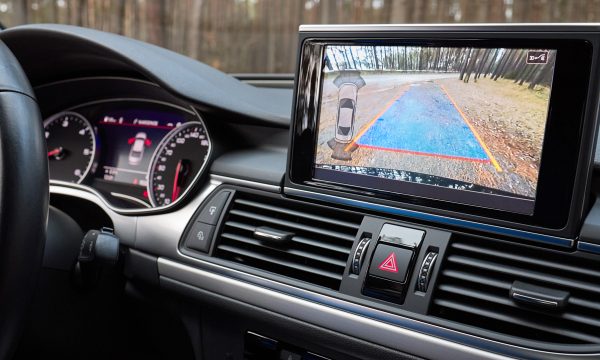They might already be working for you but you just don’t see them.
How do we know if our workshops are working at their maximum?
Stand up, walk to the service manager and ask them: What was our shop productivity last month? The answer should come very quickly. Heads up: 80 per cent is a failing grade.
If you are tracking proficiency…forget about it.
Proficiency is a KPI created by the manufacturers because dealerships couldn’t get their technicians to punch properly. To fix proficiency you must go back and first look at productivity. Why not just track productivity correctly in the first place?
Productivity is simply hours punched (clocked) on work orders divided by available hours. Every day our technicians walk through the back door and hand us a gift of 8 hours of skilled time.
Think about that gift like a pizza. Productivity will tell you how much of that pizza you are eating every day. We want to eat the whole pizza every single day and WASTE nothing. The responsibility of eating that whole pizza falls on the service manager. How busy we keep our technicians is up to us. Below are four tips to help you devour that pizza:
Tip 1:
Productivity is won or lost by the appointment. Walk to the service advisor/appointment coordinator and ask how many hours per day are we currently booking, and what is our booking plan.
If they tell you they don’t book by hours they book by the number of appointments, throw the pizza out. You will never eat all of it. Every good service department knows how many hours a day to book to keep productivity high.
Sit down, develop a well thought out plan on how many hours per day you are going to book. Here is a very simple plan.
We have 9 technicians and one first year apprentice. Everyone works an 8 hour day. Take the 9 technicians and multiply that by 8 to get 72. The first year apprentice we will book 4 hours per day. 72 plus 4 would give you 76 hours per day you must book.
Wait! What about upsells? Upsells will be handled with efficiency.
Efficiency is sold hours divided by punched (clocked) hours. We see efficiency numbers ranging from 125-150 when tracked correctly.
Therefore we have the ability to sell 90 (76 X 125 per cent) hours that day. This sounds so simple but a lot of dealerships we walk into don’t do this. If you fail to prepare, then prepare to fail.
Tip 2:
Train the meaning of productivity to everyone in the dealership. Everyone must understand the value of time, and what we lose when we waste it.
Let’s take the same technician count we had in tip number one.
10 (total techs) X 8 (hours available/day) = 80 available hours.
Your shop is working at 80 per cent productivity. Take 80 X 80 per cent = 64 hours. 80 – 64 = 16 lost hours.
What does 16 lost hours per day cost a repair facility per year? 16 X $150 (door rate) X 21(working days in a month) X 12 (months in the year) = $604,800.
And you thought 80 per cent was a passing grade! By the way, increasing productivity from 80 per cent to 90 per cent would generate an additional $302,400. You must start to obsess about time.
Tip 3:
Go to the Gemba is a Japanese term meaning “go to where the action is.”
Go out to your workshop and grab a chair and sit down somewhere in the shop and find out why your technicians leave their bay. If they are not in their bays turning wrenches then they are not making you money.
Observe and document everything and how long they were away from their hoist. We often recommend that you do this at three specific times of the day. First thing in the morning when your technicians start their day, at lunch and at the end of the day.
In the morning observe if they start work on time? Are your techs dressed, tool boxes open and ready to work? Do we ask our techs to be on time and there is no work available because our service advisors start at the same time so nothing can be written up? Are your techs back on time for lunch? What happens in the afternoon? Are we out of work by 4 o’clock?
Technicians walking around the shop are wasted motion and not making you money.
Tip 4:
Everyone in your aftersales department should have a target or goal to achieve. This is especially important for technicians.
Start off by having your service manager sit with each one of your techs. Show them what they made last year and then ask them what do you want to make this year (without a monetary increase).
Then take that figure and show them the hours they need to produce every day, week and for the month to achieve their goal. Make it their plan, don’t tell them this is what they have to achieve. Work together on these goals.
What you will build with these meetings are goals not only for individuals but for the entire team. Then meet regularly with them and discuss how they are doing to achieve their monthly targets. This is a great opportunity for two way communication and for coaching. If they are part of the battle plan, they won’t battle the plan.
Remember in our example above taking the shop productivity from 80 to 90 per cent generated an additional 8 hours per day. Hmm, that sounds like you just found an extra technician and they are already working for you!











